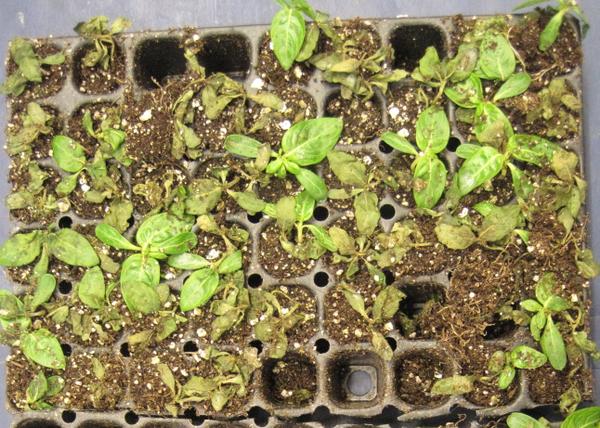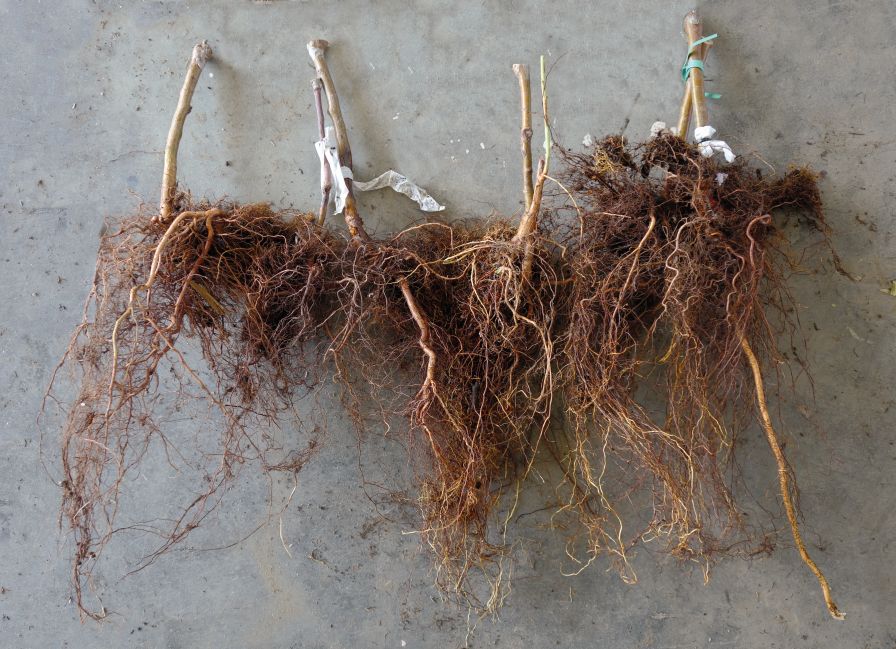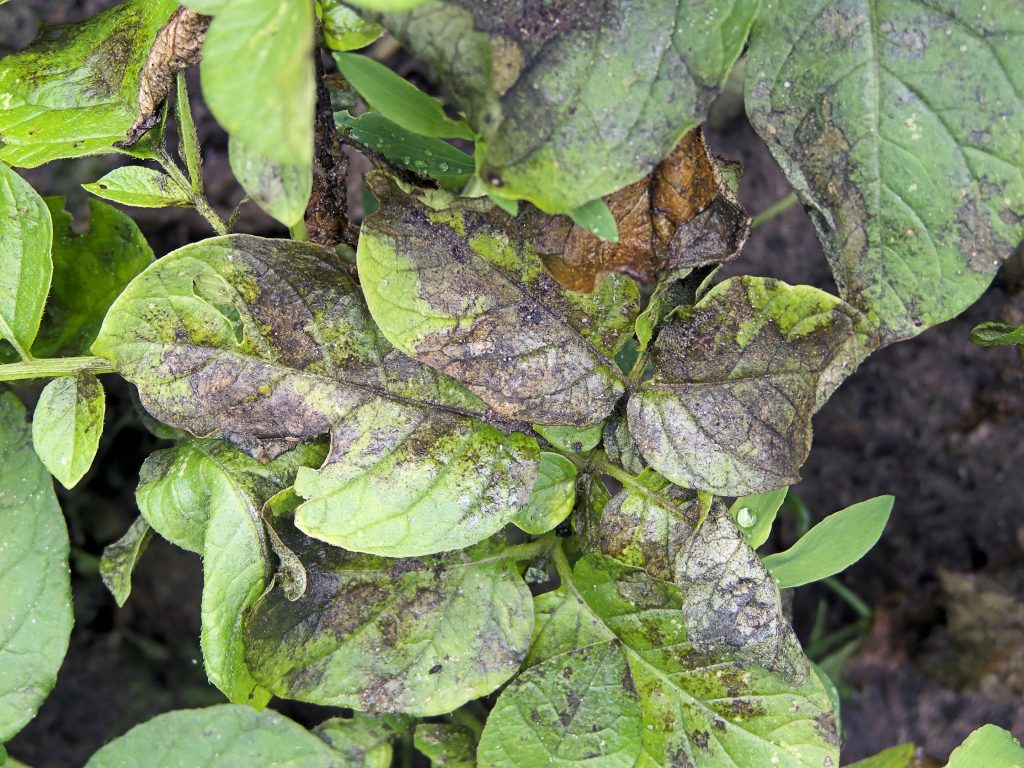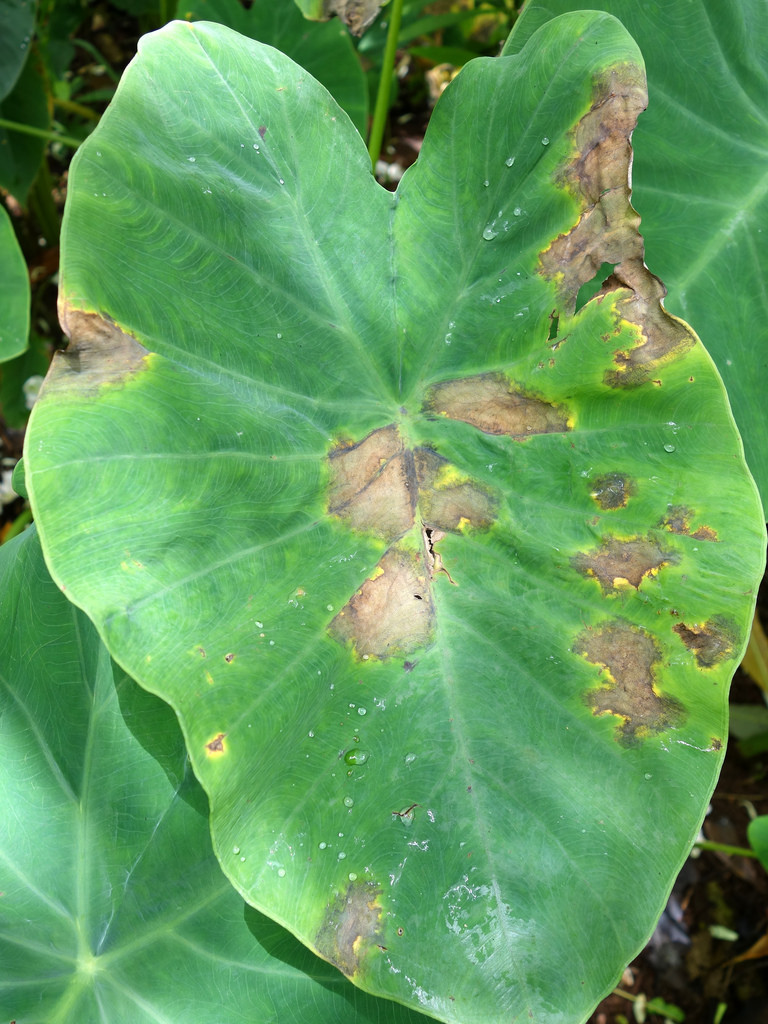What are the Symptoms of Phytophthora?
One of the most disastrous plant diseases, Phytophthora is commonly described through a model known as the plant disease triangle. The development of Phytophthora is caused by organisms. The triangle concept indicates that there are three key factors involved in the development of this disease and they are environment, plant & pathogen.
Environment
The environment is the key element in this triangle. If the environment is infected or has a tendency to worsen Phytophthora will develop. Time is also a key factor to be considered because infection, disease and dispersal process all require time.
To identify the symptoms of this disease, we need to know which part is mostly attacked by this disease. It is the normally the root system and stem base of the plant that is attacked most by Phytophthora. One needs to take care of them and monitor them closely to identify this disease before it spreads. However, Phytophthora species can also attack the top or aerial parts of the plant too.
Pathogens and Water
The soil-borne pathogens what Phytophthora species are considered, wait for conditions to be more conducive for infection. They can remain dormant in the soil for many years and appear when they find the right conditions to spread. The pathogens are spread via water because pathogens produce a spore that needs water for movement. A poor drainage system creates an ideal condition for pathogens to spread and attack the roots of plants. Moist and warm soils are mandatory for Phytophthora to cause the disease.
Water is the main cause of Phytophthora disease to develop and spread. Too deeply planted or prolonged wet periods of the soil around the base of the plant can develop Phytophthora rot. Most of the nut trees, fruit, shrubs, and ornamental trees can develop the Phytophthora rot.
The pathogens, in trees and shrubs, grow from the roots and kill them, it moves up to the root crown and into the lower trunk. The most important thing to be remembered and worried regarding Phytophthora is that it spreads as it is established in one plant or site. The established areas can become the headquarter for this disease to spread further via water and roots. The pathogens spread via water to other plants while infected roots of plants can spread it to other roots of the plants hosted in the same soil.
So far, we have discussed how this disease grows and what are the root causes of this disease to develop and spread. Now we talk about some of the major symptoms of this dangerous disease that you should be well aware in order to diagnose it.
Roots and Stem Base
This disease spreads into the roots and can cause them to be decayed and discolored. It is important to scrap that root even if some of its parts look fine. Also, the soil may have the infection either so it is important to treat that soil too as it can spread and damage other plants. The roots develop water-soaked spots and as the disease gets permanent, the roots turn into chocolate brown color. The point to be noted here is that it is not necessary that entire roots are damaged, you may find some healthy roots too but there are high chances that they are also being exposed to infection and will be damaged later as the soil will also have the infection.
Foliage
It is the secondary symptom as it appears when a large portion of the roots have been damaged or killed or the stem base has been attacked by an organism. The foliar symptoms as said earlier is a secondary sign, during the early stages of Phytophthora root rot symptoms on the foliage will not be so obvious so it is important to examine the root system and stem base. The gradual fading of color from the foliage of plants, wilting and dieback are the symptoms of Phytophthora. At times, some species can directly infect the leaves and the pathogen may go down from the leaf stalk to stem.
Leaf
Leaf blades and petioles of plants both are infected by Phytophthora. The entire leaf can be affected quickly under wet and warm conditions and it slows down or stops spreading in dry conditions. Infected areas of leaf turn yellow at first, but within a few days, they become necrotic. Leaves may turn dull green, yellow, or in some cases red or purplish.
Fruit Rot
The fruit rot occurs generally when it is in contact with the ground but the infection can also begin on the fruit if the infected leaves or vines come into contact with it. From fruit set to harvest, it can be rotted at any stage. As pathogens are water-mold, the rain or overhead irrigation can also damage the top surface of fruit as the pathogen can travel to upper surface from neighboring plants via water splash.
The fundamental thing to remember regarding Phytophthora is that it develops in the water and spreads via water or root-to-root. It is of utmost importance to have a proper drainage system and inspection of soil before planting.
SurVerda Labs has several products that can help prevent this disastrous disease from occurring and also can inspect your land if there is already a spread of this disease. We also provide training to farmers and nursery-owners on this issue. The hundred years old saying is a perfect approach to control this disease and that is “Prevention is better than Cure” so contact us now and save your crop from this water-mold fungus. (844) 244-9100.






